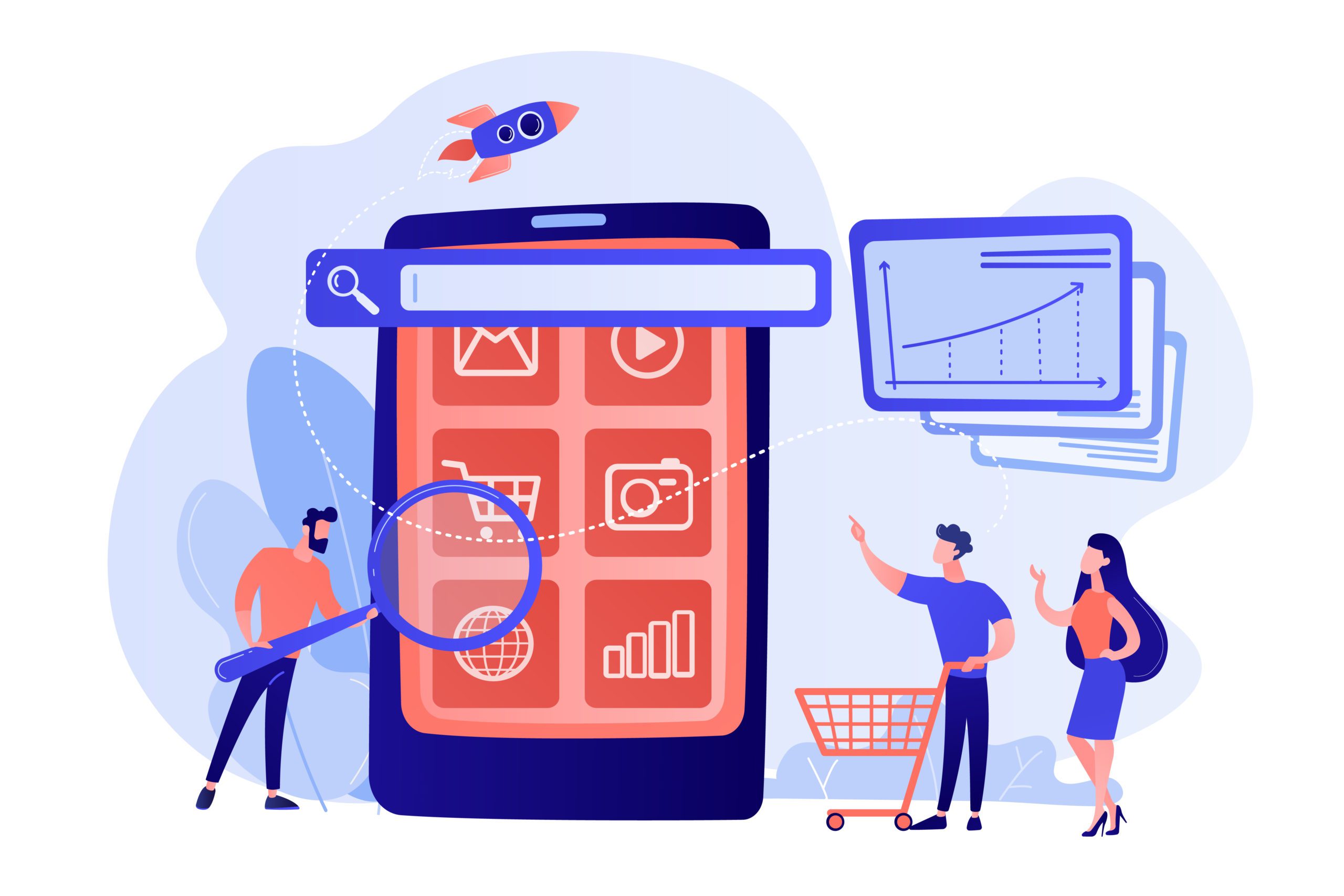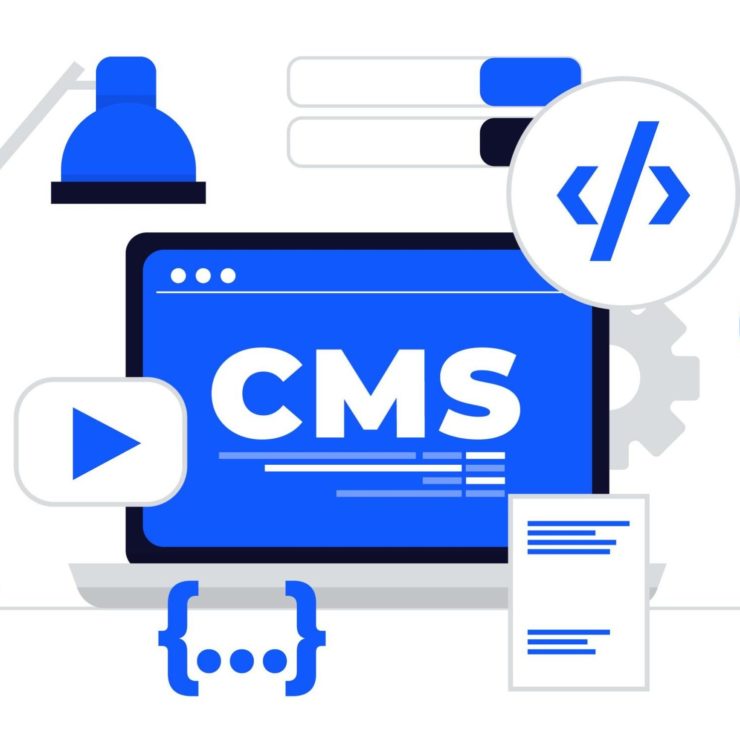Progressive Web Apps in Headless E-commerce
Progressive Web Apps (PWAs) represent a significant leap in the evolution of e-commerce, especially within the context of headless architecture. This innovative convergence promises a seismic shift in the way users interact with online stores.
PWAs, with their amalgamation of web and app-like functionalities, offer unparalleled advantages. They combine the best of both worlds by providing a seamless user experience, akin to a native app, without the need for downloads or installations. This accessibility enhances customer engagement and retention.
In the domain of headless e-commerce, PWAs present a game-changing approach. By decoupling the frontend presentation layer from the backend commerce engine, headless architecture empowers businesses to craft highly customizable, dynamic, and responsive interfaces. This agility enables faster page loading, improved SEO, and enhanced performance, fostering a more immersive shopping journey.
In the dynamics of e-commerce, the convergence of Progressive Web Apps (PWAs) and headless e-commerce stands poised as a transformative force, promising an immersive, lightning-fast, and highly personalized shopping experience.
The Rise of PWAs
PWAs emerged as a response to the demand for web experiences that mirror the performance and functionality of native mobile applications while maintaining the universality and accessibility of the web. These applications utilize modern web capabilities to deliver seamless, app-like experiences across devices.
The Power of Headless E-commerce
On the other front, headless e-commerce architecture severed the ties between front-end presentation and back-end commerce functionality, providing unparalleled flexibility and scalability in managing and delivering content. The separation of concerns enables businesses to deliver content across various touch points effortlessly.

The Convergence
The amalgamation of PWAs and headless e-commerce brings forth an array of benefits. PWAs, known for their fast loading speeds, offline capabilities, and engaging user experiences, pair seamlessly with the agility and versatility of headless commerce. This convergence allows for highly personalized, responsive, and intuitive shopping experiences that transcend traditional web limitations.
The Future Ahead
Looking ahead, the future of PWAs in headless e-commerce appears promising. This blend is reshaping how consumers interact with brands online, offering a compelling alternative to conventional web experiences and native applications. PWAs’ ability to bridge the gap between web and app experiences aligns perfectly with the demands of modern consumers for faster, more personalized, and engaging interactions.
Challenges and Opportunities
Despite its promises, this convergence does pose challenges. Developing and deploying PWAs within headless architectures demands specialized skills and robust API integrations. However, the potential for unparalleled user experiences and improved conversion rates outweighs these challenges, offering businesses the opportunity to redefine online shopping experiences.
Conclusion
The fusion of PWAs with headless e-commerce represents an exciting frontier in the digital commerce landscape. As businesses continue to embrace this convergence, the future holds vast opportunities to create immersive, high-performance web experiences that drive customer engagement and loyalty in the ever-evolving e-commerce arena.
The evolution of PWAs within headless e-commerce isn’t merely a technological advancement; it’s a revolution. It’s a testament to the relentless pursuit of elevating customer experiences, offering businesses a competitive edge in a rapidly evolving digital marketplace.




